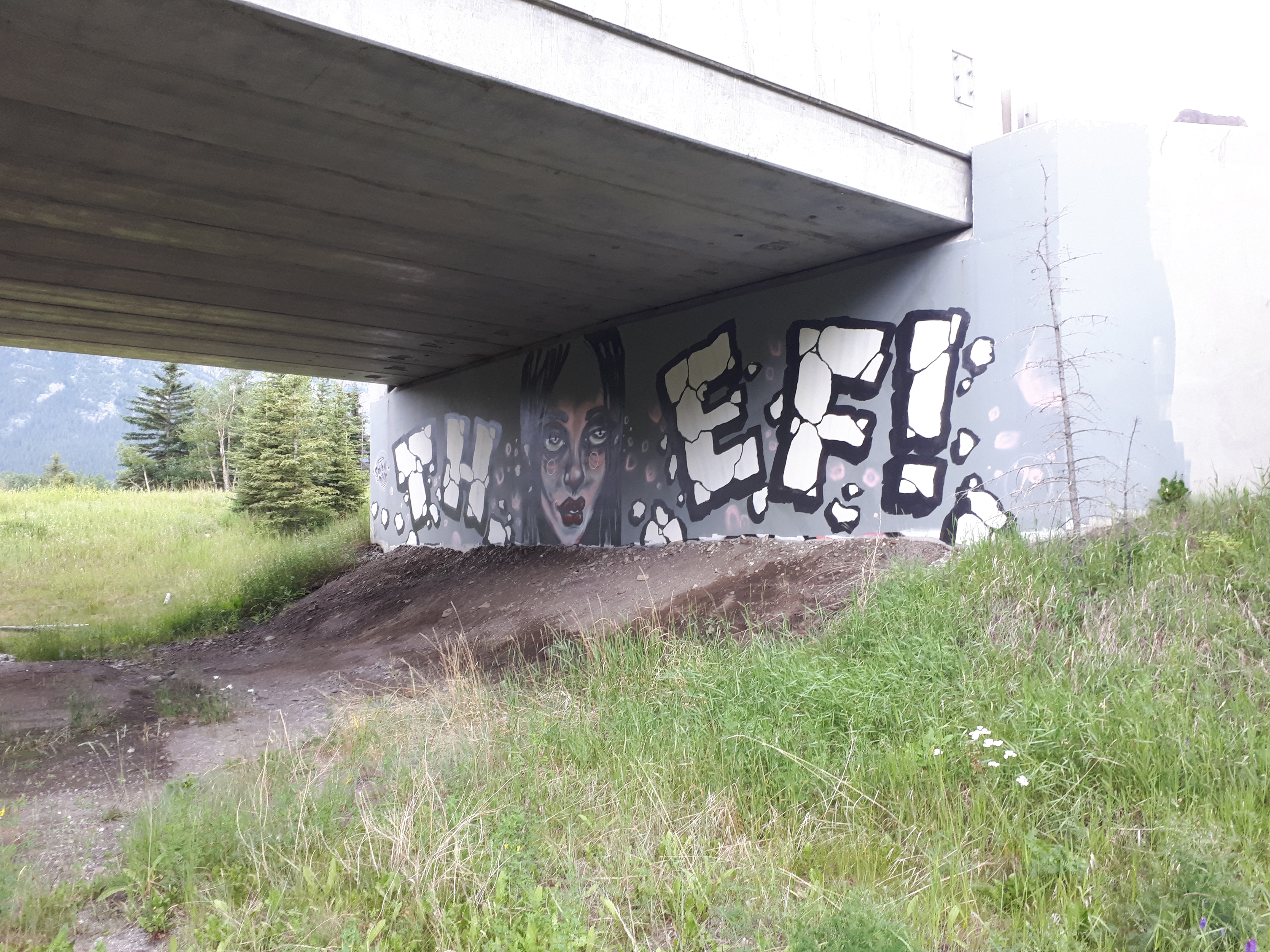

“This is only the beginning,” said Matt Howard, a wildlife biologist with the Utah Department of Transportation. The one target species that has been almost absent is elk. So it’s not even just, ‘Oh, my gosh, I’ve got to get across the highway.’ It’s just part of their habitat now.” Rabbits and some of the smaller mammals like ground squirrels and chipmunks, they are just coming to forage for seeds and whatnot and then leaving. We have marmots that just come and lounge in the sun and then leave. “They’re actually just using it on a daily basis,” Dr. There were moose, deer, black bears, mountain lions, porcupines and more. Within the first several months of her study, she documented hundreds of crossings. “We expected to see a lot of animals approach the overpass, sort of sniff around, maybe make some anxious looking movements and then decide not to use it.”īut when she reviewed the images from the trail cameras, she was stunned.Ī wide variety of animals were using the overpass, often without hesitation. “I was really only expecting maybe a handful of successful crossings in the first year,” Dr. “Oh my gosh, how is this ever going to work?” she recalled thinking. When she first saw it, she was startled by how skinny and stark it looked.

The bridge was finished by the time they hired Nicki Frey, a wildlife biologist with Utah State University, to study the effectiveness of the crossing.

So, they worked with the budget and topography they had, constructing a wildlife bridge that was remarkably narrow considering how long it was. But, given the conditions at their site, they didn’t have the money to build something as wide as most other overpasses. In Utah, a team from the state’s Transportation Department was planning a new truck lane on a stretch of highway that was a hot spot for collisions with moose, elk and deer.
#Wildlife underpass how to#
States often piggyback wildlife structures or modifications onto other road improvement projects, and they are still experimenting with how to get the best value for money. These accidents cause more than 26,000 human injuries and about 200 human deaths.įunding for crossings is a challenge, but that may get easier, too: A bipartisan Senate version of the transportation bill being hammered out in Congress includes $350 million for wildlife crossings and corridors. Research shows that, across the country, there are one to two million collisions between vehicles and large animals each year. And now everyone who works on these issues seems to get it.” “This issue has been building for decades and it was like pulling teeth. “This is the time of the wildlife crossing,” said Mike Leahy, director of wildlife, hunting and fishing policy at the National Wildlife Federation. Once you’ve done it, and it does what you said it would do, they’re willing to do it more.”Įxamples like that, along with earlier success stories from Canada and Europe, have led to a broad consensus on the value of animal crossings, according to environmentalists and transportation officials alike. “People are pretty hesitant to do something new. “It felt like we finally found something that works,” said Jennifer Hoffman, an engineer at the Wyoming Department of Transportation.

Collisions have dropped by roughly 90 percent.
#Wildlife underpass series#
So the state Department of Transportation joined with the state wildlife agency and nonprofit groups to create a series of crossings, including the one pictured above. But every spring and fall, collisions with mule deer and pronghorn spiked in the Pinedale region of Wyoming, where Route 191 disrupted the animals’ age-old migration paths. The engineers were used to building overpasses for vehicles, not wildlife.


 0 kommentar(er)
0 kommentar(er)
